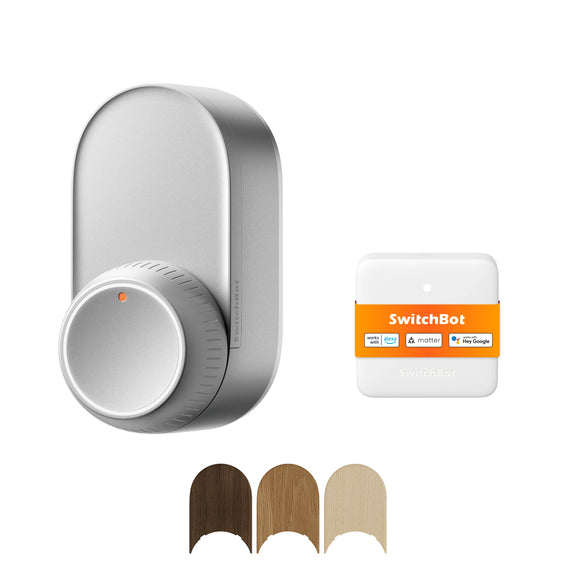Unlocking Security: The Ultimate Guide to Choosing Your Perfect Smart Deadbolt!
In an age where technology continually enhances our everyday lives, smart deadbolts have emerged as a pivotal component of modern home security. These innovative locking devices not only replace traditional keys but also provide a level of convenience and control that was previously unimaginable. With features such as keyless entry, remote access, and integration with smart home devices, smart deadbolts are becoming increasingly popular among homeowners looking to elevate their security measures. This article aims to guide you through the essential aspects of choosing the right smart deadbolt to fit your specific needs, ensuring that you make an informed decision that will enhance your home’s safety and convenience.

Understanding Smart Deadbolts
Smart deadbolts are advanced locking mechanisms that utilize technology to secure your home while offering added convenience. Unlike traditional locks that require physical keys, smart deadbolts often operate through various connectivity options such as Wi-Fi, Bluetooth, or Z-Wave. This technology allows users to lock and unlock their doors remotely via mobile apps, receive notifications about door activity, and even grant access to guests without needing to be physically present. The fundamental principle behind a smart deadbolt is its ability to connect to your home’s network, enabling seamless interaction with your smartphone or other smart home devices. This means that not only can you check if your door is locked while on vacation, but you can also let in a friend or service provider without compromising your security.
Key Features to Consider
When selecting a smart deadbolt, it’s crucial to consider several key features that can enhance its functionality. First and foremost is keyless entry, which eliminates the need for physical keys and allows for multiple access methods, including PIN codes, fingerprint recognition, or mobile app controls. Remote access is another essential feature that lets you lock or unlock your door from anywhere, giving you peace of mind while away from home. Additionally, security alerts can notify you of any suspicious activity, ensuring you’re always aware of your home’s status. Compatibility with existing smart home systems is also important; a smart deadbolt that can integrate with smart speakers or home automation systems can significantly enhance your overall home security strategy. Always look for models that provide a user-friendly experience, as ease of use is vital for daily operations.
Security Features
Security features play a critical role in the effectiveness of smart deadbolts. Encryption methods protect your data from unauthorized access, ensuring that your codes or biometric information remain secure. Two-factor authentication adds an extra layer of security by requiring a secondary verification step when accessing the lock remotely. Furthermore, tamper alerts can notify you if someone tries to force the lock or tamper with the device, allowing you to take immediate action if necessary. Considering these features is essential for anyone prioritizing security in their home, as they provide reassurance that your smart deadbolt is equipped to safeguard your property against potential threats.
Comparing Different Models
With a myriad of smart deadbolt models available on the market, comparing them can seem overwhelming. Start by evaluating the design and build quality of each model, as aesthetics and durability can impact both the look of your home and the longevity of the device. Next, consider the installation process; some locks are easy to install with basic tools, while others may require professional assistance. Battery life is also a significant factor; a smart deadbolt that consumes less power will save you from frequent replacements and ensure that your lock remains functional at all times. When researching, don’t forget to read user reviews and specifications carefully; they can provide insight into real-world performance and potential issues that may not be evident at first glance.
Pricing Considerations
The price of smart deadbolts can vary widely based on features, technology, and brand reputation. Generally, you can find options ranging from budget-friendly models to high-end devices packed with advanced features. Factors that influence pricing include the complexity of the technology, the materials used in construction, and the brand’s market presence. When setting a budget, consider what features are most important to you and where you might be willing to compromise. Finding value for money is essential; a slightly higher upfront cost may lead to better security and convenience in the long run, ultimately justifying the investment.
Choosing the Right Smart Deadbolt for Your Home
In summary, choosing the right smart deadbolt is a significant decision that can greatly impact your home security and daily convenience. By understanding the fundamental aspects of these devices, including their features, security capabilities, and pricing, you can better assess which model suits your needs. Take the time to compare different options and consider how each lock aligns with your security requirements and lifestyle. Investing in a reliable smart lock is not just about securing your home; it’s about embracing the future of home security technology and ensuring peace of mind for you and your loved ones.








